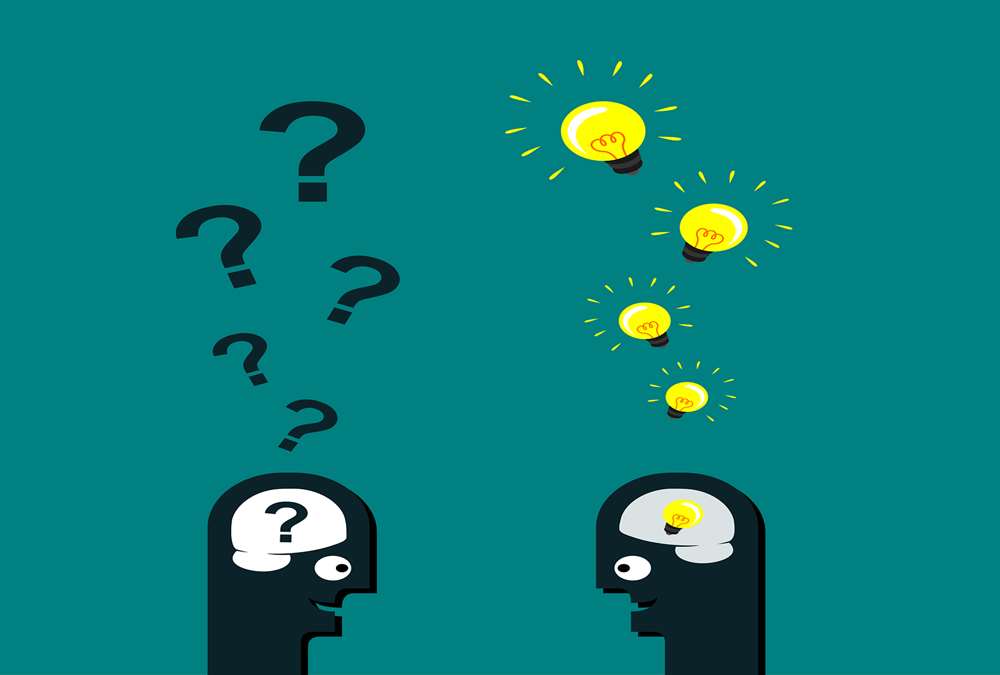Leadership theories
Learn how and why some people become leaders, a theoretical approach to leadership, and how to apply leadership in real-world organizations.
offers you various leadership theories to advance your understanding of different leadership approaches and learn new ways to practice leadership more effectively. Begin build your leadership foundations. There is a wide and ever-growing interest and different schools of thought in the study of leadership because it is so important to the success of individuals, organizations and nations. Over time, a number of leadership theories have been proposed to explain the concept and complexities of the leadership process. Rapidly improve your leadership skills and improve your leadership abilities.!

There are four major factors in leadership called Leader, Follower, Communication and Situation. Leader success depends on how well the leader is able to effectively communicate leadership and motivate followers to accomplish desired tasks using the appropriate style best suited to the given situation. The interdependencies and dynamics of these four leadership factors must be considered by a leader to be effective.

The Fiedler model of leadership is a theory of contingency and states that a leader’s effectiveness is based on the situation. There is no best leadership style and the effectiveness of a leader in an organization depends on the leader’s adaptation to the situation. Leaders must determine the natural leadership style and assess the situation to adjust the style.

The Five Factor Model (FFM), also known as the Five Factor Personality Model, is based on five major personality traits which are Extraversion, Neuroticism, Openness to Experience, Agreeableness and consciousness represented by the acronym OCEAN, these traits are often referred to as the “Big Five”.

The four leadership theories were formulated after studying hundreds of leaders and the model includes four basic dimensions of effective leadership – support; interaction; facilitation; the focus on objectives and the facilitation of work. This model has been tested as a predictor of organizational effectiveness.

The psychodynamic approach to leadership has its roots in the work of Sigmund Freud. These involved psychological theories of personality development and the explanation of leadership using psychoanalytic concepts. It tries to define a person in terms of personality traits. Personality structured in three parts (i.e. tripartite) – the id, the ego and the superego.

Functional leadership theory addresses the specific behaviors of leaders that are expected to contribute the most to organizational effectiveness by focusing on how the leadership process unfolds. The leader must ensure that all the needs of the group are taken into account.

The brainstorming technique was developed by Alex F. Osborn in 1957 and brainstorming means that a team of members generates a large amount of alternative fruitful ideas on a specific problem without any criticism and then evaluates each idea by based on its advantages and disadvantages. Brainstorming techniques fall into four broad categories: viewing, exploring, modifying, and experimenting.

Group and exchange theories of leadership are derived from social psychology. These have their roots in exchange theory. Leaders of different types of relationships with various groups of subordinates. Group theories describe how leaders should maintain their position in group dynamics.

The Hawthorne Studies were conducted on workers at the Hawthorne Plant of the Western Electric Company by Elton Mayo and Fritz Roethlisberger in the 1920s. This study established the change in behavior that occurred due to a awareness of being observed, resulting in active compliance with the researchers’ supposed wishes, due to particular attention received, or a positive response to the stimulus introduced.
